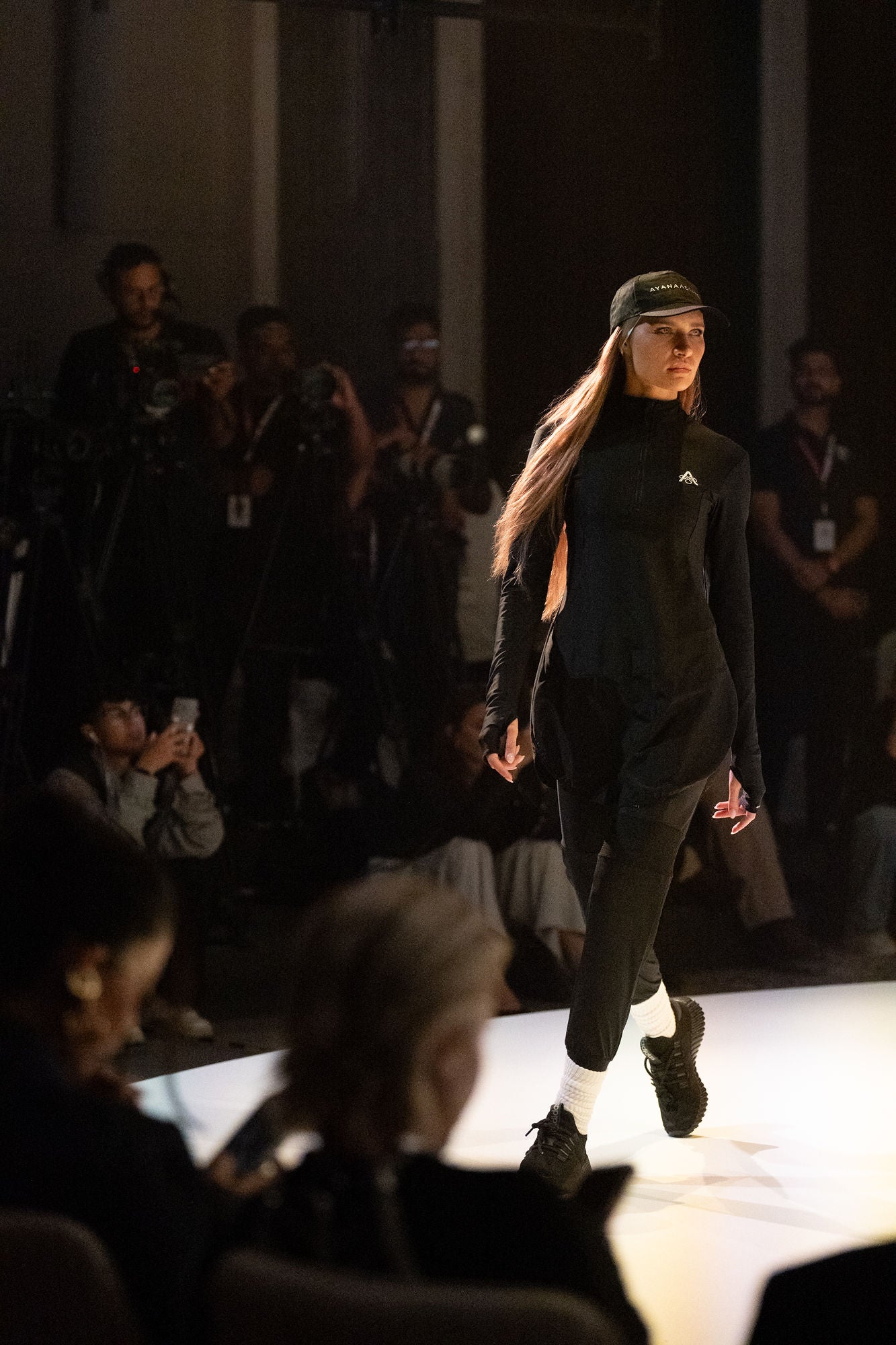Rent, Wear, Return: Is This the Future of Fashion?
The rise of rental fashion is transforming the way people think about clothing consumption. With increasing awareness of fashion’s environmental impact, renting clothes offers a promising alternative to fast fashion. As we discussed in last week’s journal, platforms like Rent the Runway (renttherunway.com), Nuuly (nuuly.com) and Le Tote (letote.com) allow users to rent high-end fashion pieces for a fraction of the retail price. These services cater to people seeking stylish outfits for special occasions or wanting to experiment with their wardrobes without committing to permanent purchases.
While rental fashion reduces waste by extending the lifespan of garments, its sustainability credentials are not entirely flawless. A study by the Finnish Environment Institute suggests that the environmental benefit depends heavily on the logistics involved. Frequent shipping and dry cleaning, often required to maintain rented garments, can offset some of the environmental gains. However, compared to the carbon footprint of producing new clothing, renting still offers a more sustainable alternative.

Subscription services typically range from $59 to $149 per month, depending on the platform and number of items rented. For example, Rent the Runway offers a $94 monthly plan that includes four items, while Nuuly charges $98 for six pieces per month. For those seeking one-time rentals, fees vary based on the item’s retail value and duration of use, often between $30 and $100 per rental. Financially, rental fashion allows consumers to access designer wardrobes at a fraction of the cost, reducing impulse buying and encouraging more conscious consumption.
Rental fashion presents an exciting opportunity to reduce the environmental and financial impact of traditional shopping habits. By giving consumers access to high-quality clothing without the commitment of ownership, these platforms promote a more circular approach to fashion. While concerns about the carbon footprint from shipping and dry cleaning remain, renting is still a more sustainable choice compared to mass-producing new garments. As the industry innovates and refines its logistics, rental fashion could play a significant role in shaping a more sustainable and cost-effective future for fashion consumers.
Stay tuned for more exciting updates from Ayana Active as we prepare for our upcoming product launch! Follow us on Instagram @ayanaactive.



